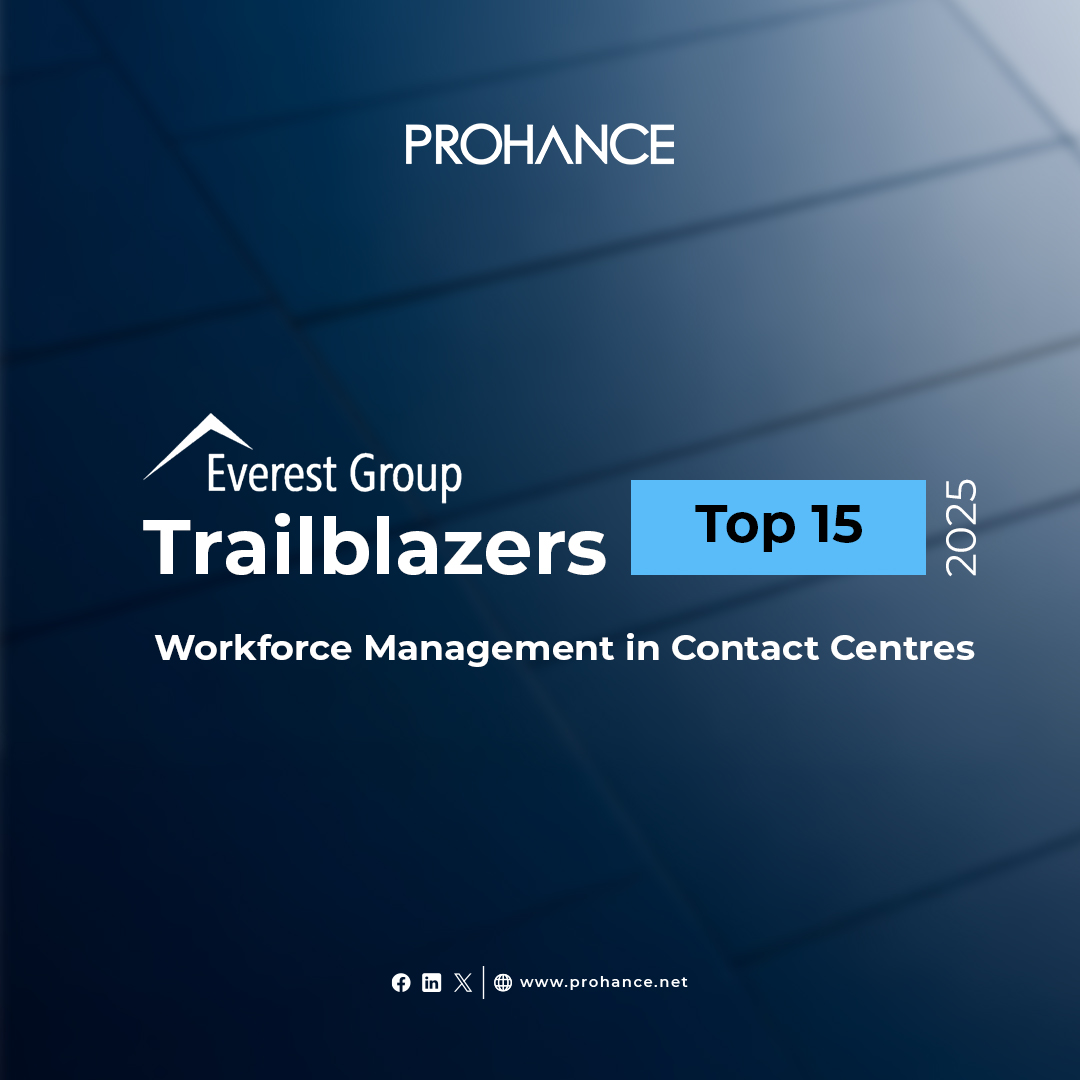Understanding SLAs and Their Relevance in IT and Business
Table of Contents
All businesses today rely on a technology vendor or service provider. Ensuring that they provide the expected level of service is essential for smooth business operations. Entering into a Service Level Agreement is an essential part of any contract that the business signs with these providers. This sets expectations in place and also protects the customer if issues arise.
In this article, we will highlight the benefits of SLA, its challenges, and ways to implement an effective SLA.
What is an SLA?
A service level agreement (SLA) is a contract between a business and an outsourcing and technology vendor that details the level of service they are expected to deliver. The agreement covers measures such as uptime, delivery time, response time, and resolution time. The SLA also indicates the steps to be taken if requirements are not met. It could be additional support or discounts on the final invoice.
Let’s look at some common types of Service Level Agreements.
Customer-level SLA
A customized SLA covers all the services that are used by a particular customer. This is usually for high-value or strategic customer relations, where standard SLAs would not work. This provides details of services offered, conditions for service availability, a clear understanding of responsibilities, escalation procedures, and terms for cancellation.
Service-level SLA
A service-level SLA is a pre-existing contract shared by the service provider, offered to multiple customers who use an identical service. This is a standard SLA and all clients benefit from identical services, quality standards, and penalties for not meeting them.
Multi-level SLA
This is a standard agreement that is customized according to how customers are using the same product but at a different price or service level. Here, the SLA is split into multiple levels depending on the required conditions of the customer.
Why does an SLA matter in Business?
An SLA in business sets up the foundation upon which your IT team and your customers build the relationship. SLAs are important in building trust since they are the first step in managing customer expectations. A well-thought-out SLA gives your team members insights into which issues you are responsible for. Once the SLA is established, all involved parties are clear about the service expectations. Here are a few ways in which implementing SLAs can benefit your IT team:
- Strengthens Your IT Team’s Relationship with Customers
- Formalizes Communication
- Improves Productivity and Morale
- Establishes Accountability
- Defines Expectations
- Smoothens Conflict Resolution
- Improves Customer Experience
- Provides Legal Protection
Strengthens Your IT Team’s Relationship with Customers
IT SLA agreement mitigates concerns about risk, which builds trust between both parties. By defining responsibilities and explaining what happens in the event of a breach, there is reduced uncertainty.
Formalizes Communication
SLAs provide a foundation upon which all stakeholders can have conversations based on pre-decided terms. This overcomes the challenges of tackling multiple calls from a client in a day while also giving clients a chance to express concern over unmet expectations.
Improves Productivity and Morale
SLAs can help define the urgency of incoming requests. This helps IT teams decide which incoming issues matter the most, thus enhancing overall productivity.
Establishes Accountability
An SLA identifies and outlines roles and responsibilities for both parties in the relationship, thereby ensuring accountability.
Defines Expectations
SLAs provide clarity of services, performance levels, and conflict resolution in advance, thus setting up expectations of the level of service, the escalation of issues, and remedial solutions before a project commences.
Smoothens Conflict Resolution
In any scenario, there is bound to be some conflict. An SLA provides a predefined framework to address disruptions due to any likely issues that may arise.
Improves Customer Experience
SLA defines the exact scope of work and offers solutions in case needs are not met, thus helping ensure customer satisfaction.
Provides Legal Protection
An SLA is a legal and binding contract that protects both parties by identifying clear responsibilities and expectations, defining conditions, and establishing processes for handling disputes.
What are Some Typical SLA Challenges?
Implementing an SLA seems to be quite straightforward, doesn’t it? In theory, yes. However, IT teams can face challenges when they try and put it in practice. Some issues that they face include:
Tracking SLAs
This is perhaps the most difficult part. To study how SLAs are performing, IT managers are required to extract raw data, write custom queries, and create elaborate Excel formulas and reports. In such a scenario, making custom changes takes days and a lot of manual effort.
Aligning SLAs to Business Priorities
Businesses have to be agile to adapt to changing market requirements. Unfortunately, SLAs rarely evolve at the same rate. On the contrary, SLAs are often inherited and a business continues to use those set several years ago.
Lack of Flexibility in Reporting
SLAs are designed to cater to multiple unique requirements. However, most SLA reports don’t have the flexibility to address them individually. The outcome is that either SLA requirements were met or they were not. It is not possible to highlight individual issues that indicate what didn’t work and how it can be improved.
So, How Does One Create an Effective Service Level Agreement?
Despite the outlined challenges, there are numerous benefits that implementing an effective SLA can bring to your organization. With a little careful planning, you too can craft an SLA that works:
Identify Your Business Needs
The first step to drafting a service-level agreement is to understand what your business needs from the service provider. Is there something specific or unique that needs to be addressed? Will you require 24×7 support? Or will a quick response time take care of your urgent needs? Identify and state your priorities to negotiate a service level agreement that puts your needs first.
Consider Flexible SLAs
Your business and its requirements could change depending on evolving circumstances. With a flexible SLA, you can adjust the level of support based on your current needs. Additionally, choosing a flexible service level agreement also lowers costs since you’re only paying for what you need.
Ask For a Customized SLA
We’ve spoken about inherited SLAs earlier. This standard agreement might not meet all your needs. Request a customized SLA that is tailored to offer support to your specific needs, making it more practical and cost-effective.
Conclusion
Service Level Agreements for software ensure service providers deliver on their promises and businesses can focus on their core operations without worrying about support as and when the need arises. Done effectively, SLAs help businesses save resources, protect against poor service, improve system uptime, and enhance overall productivity.





